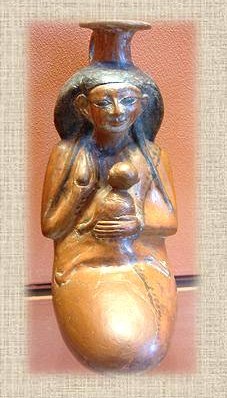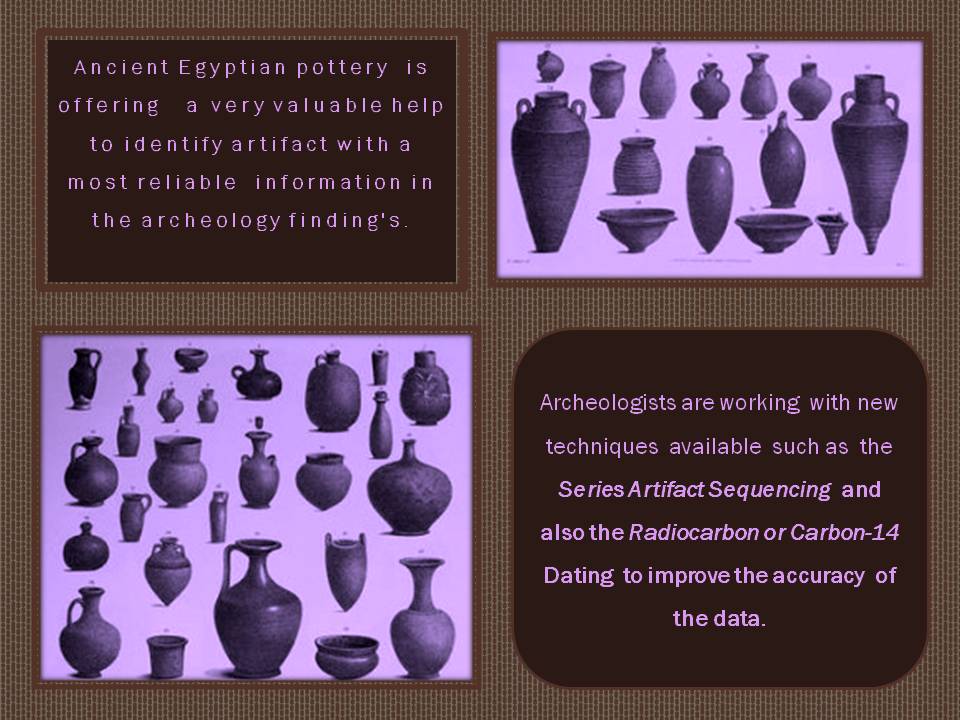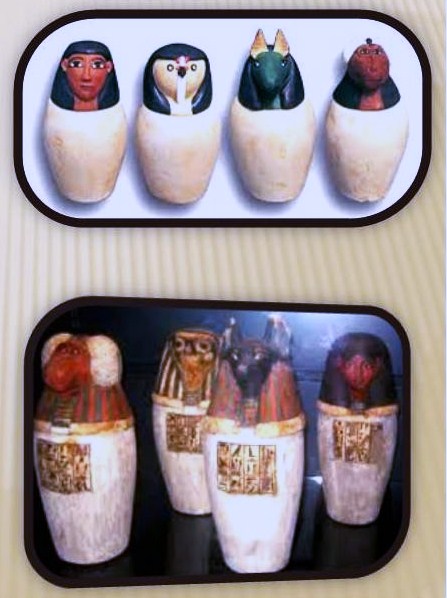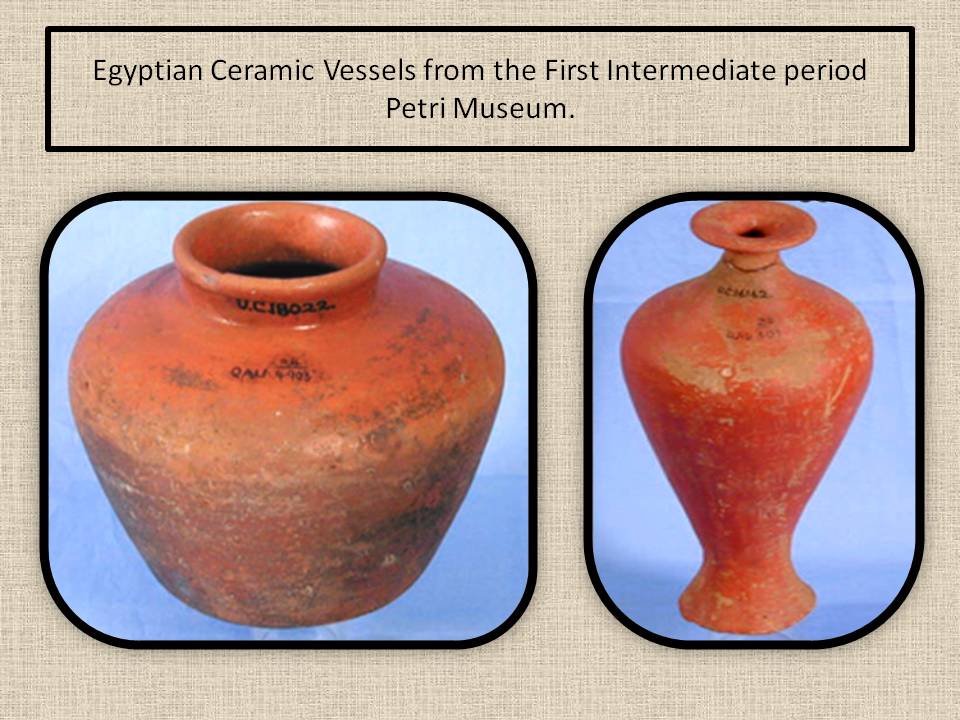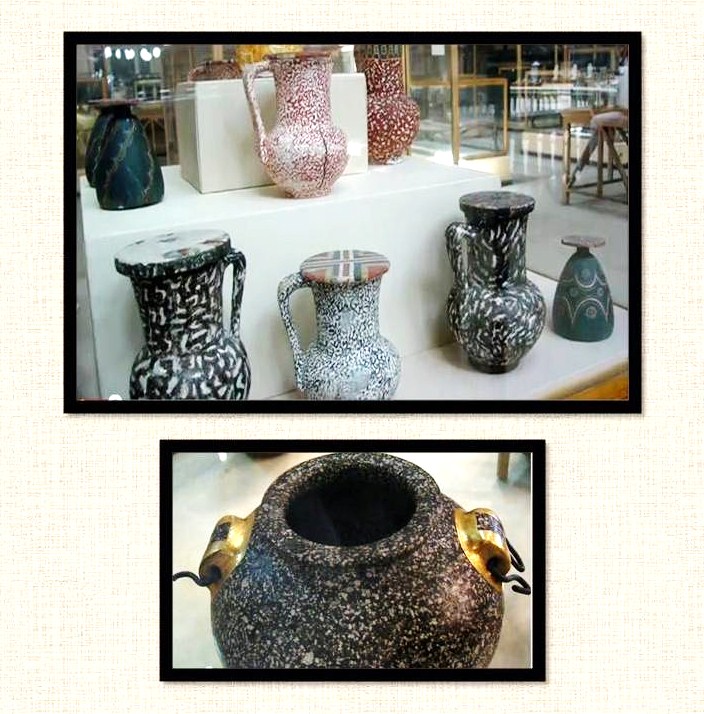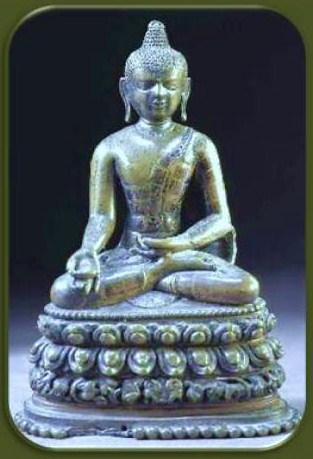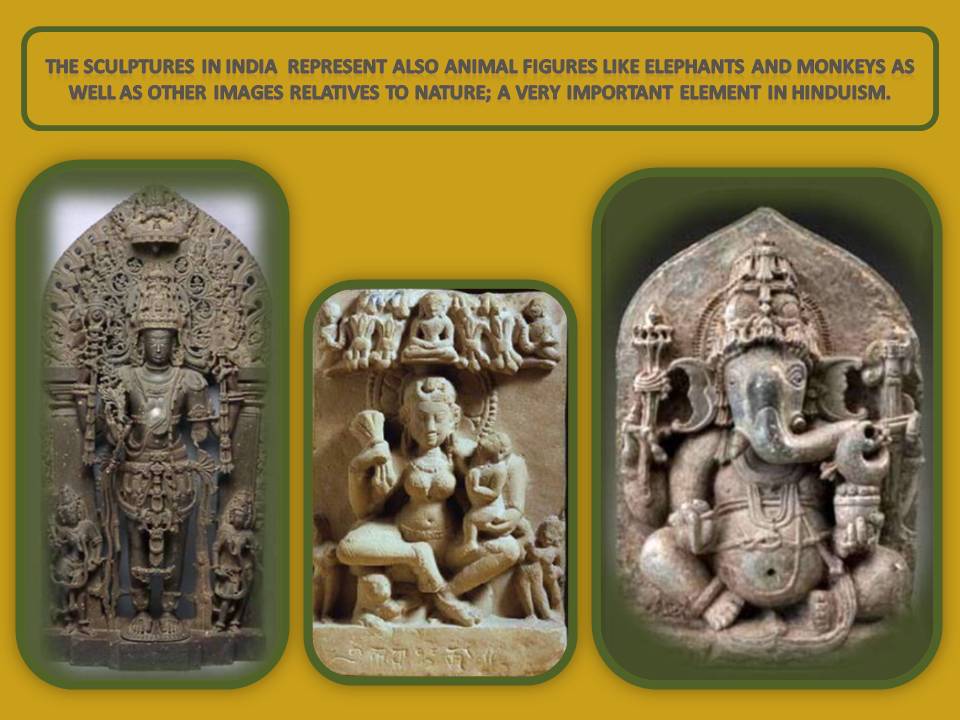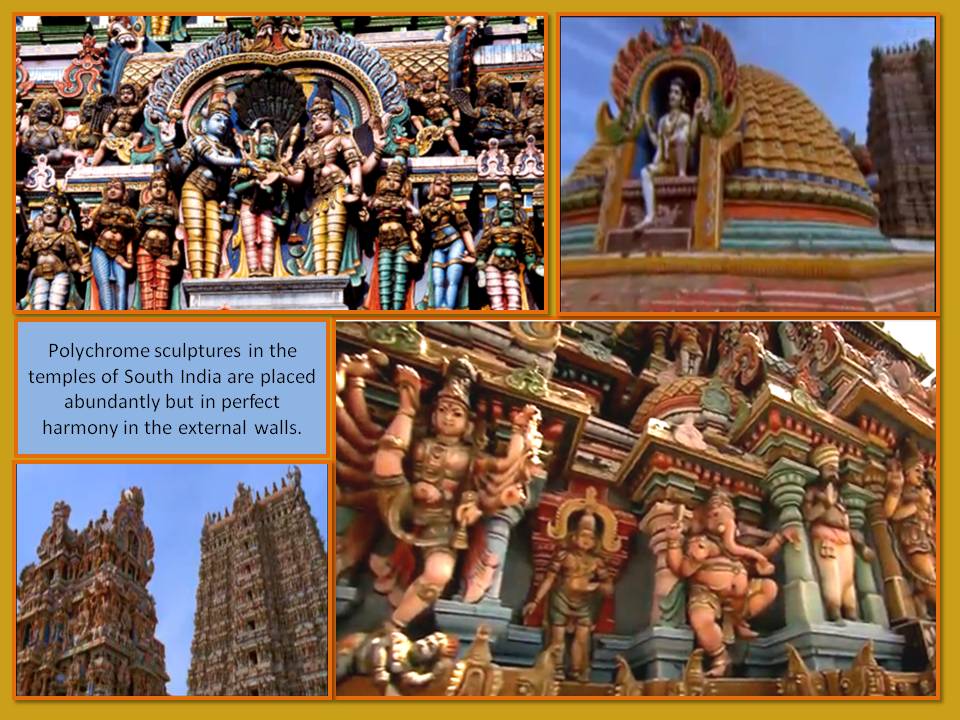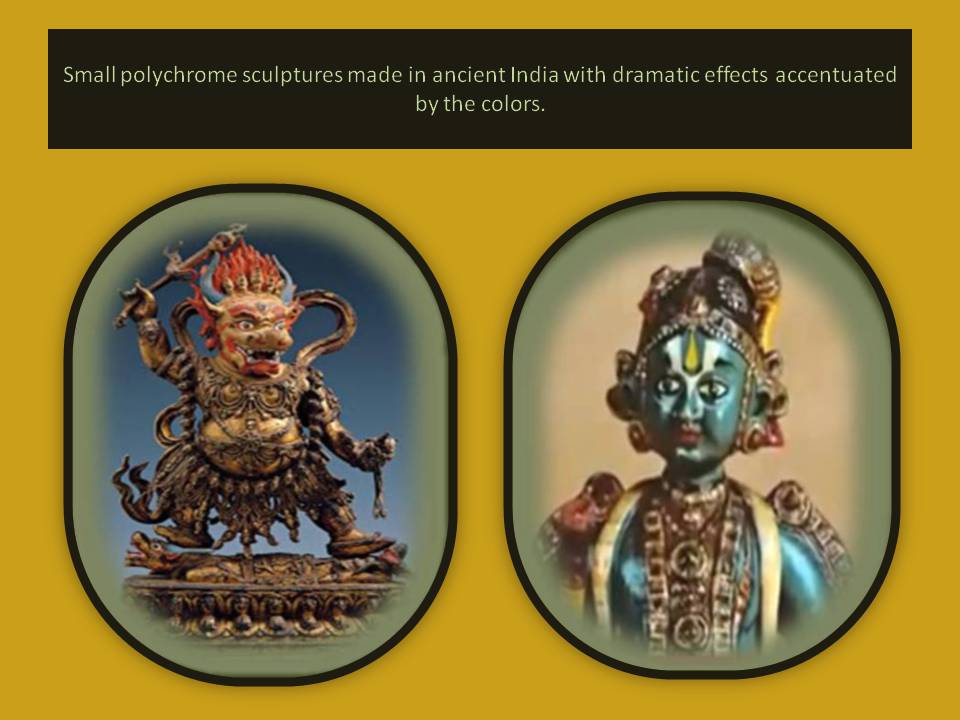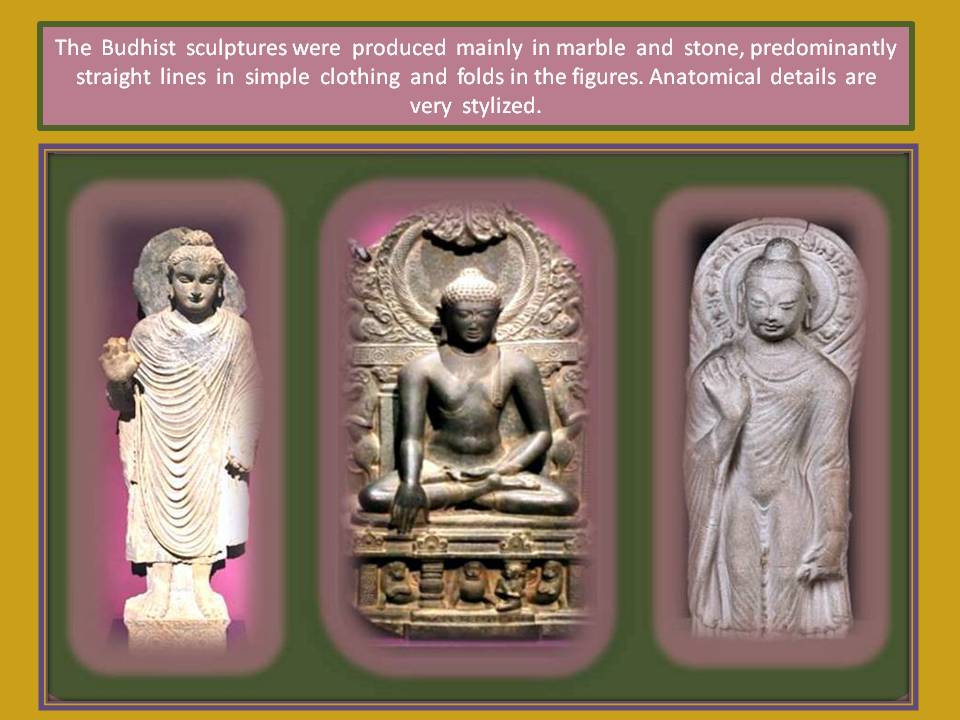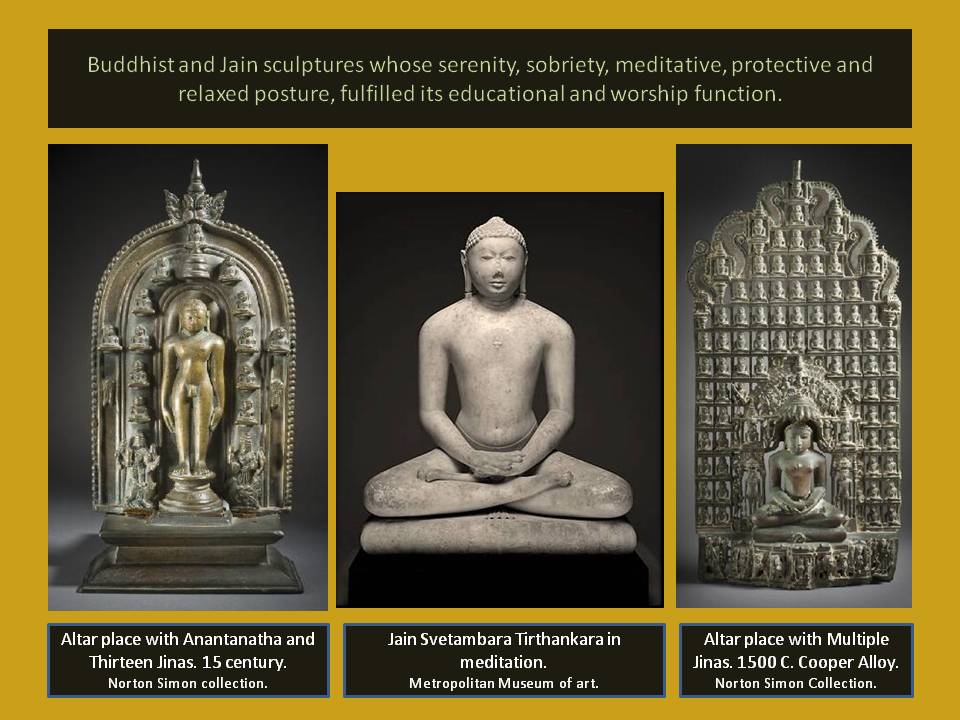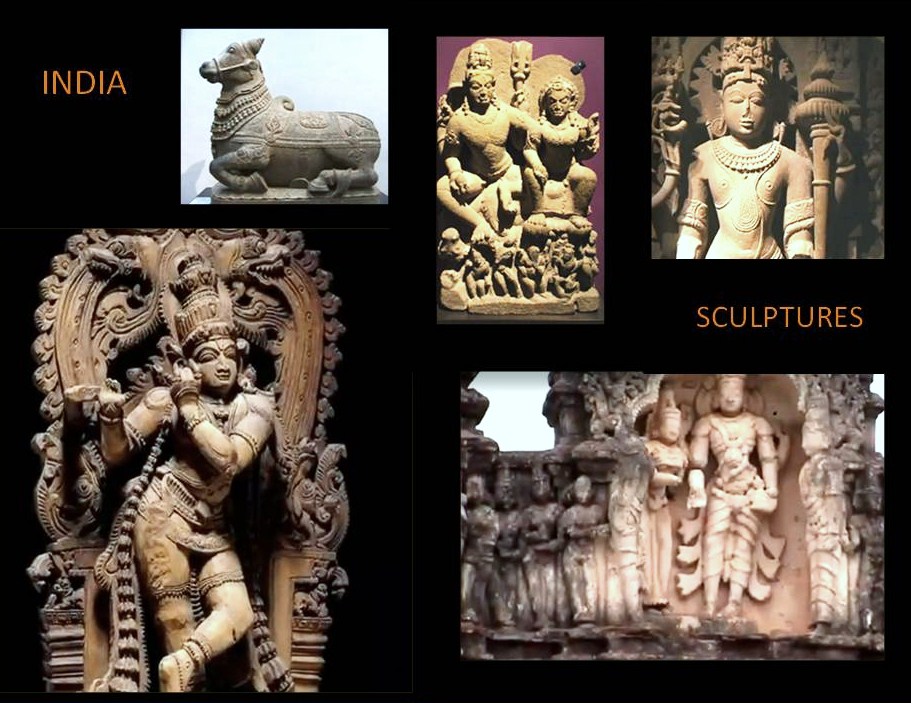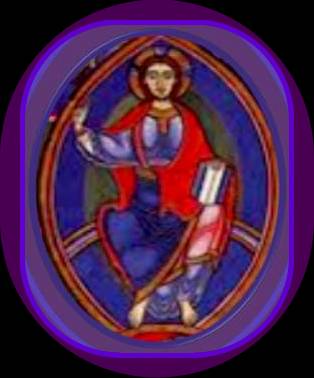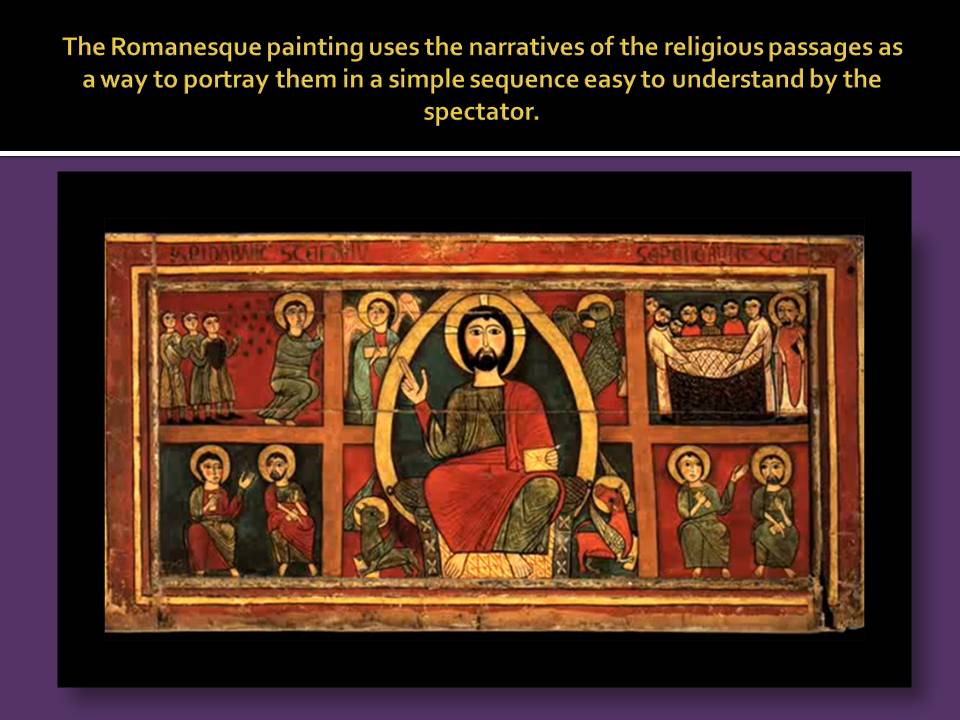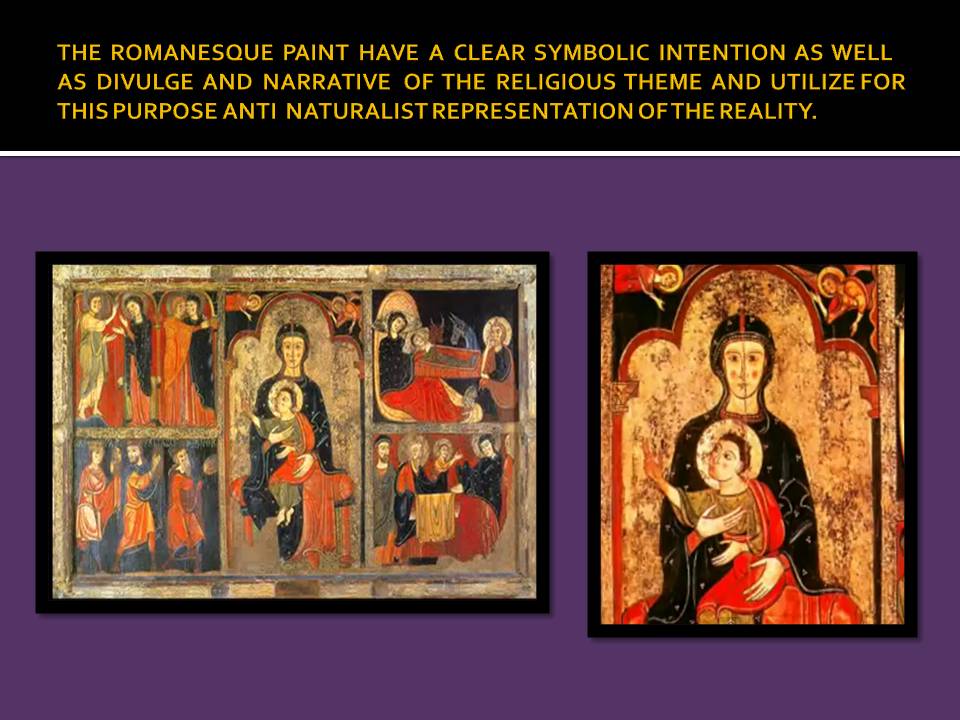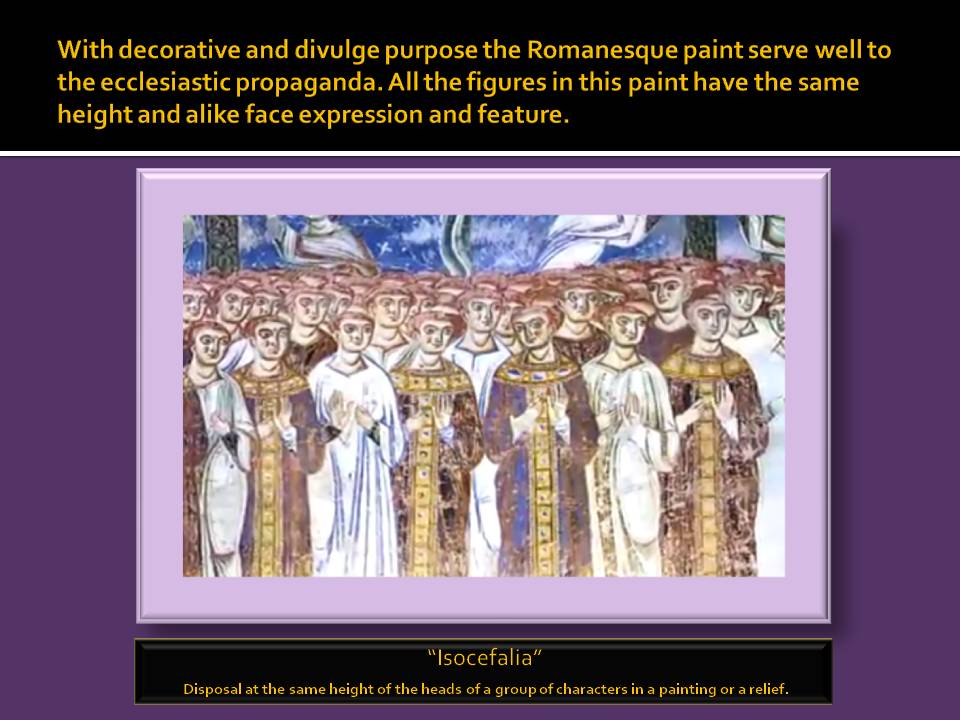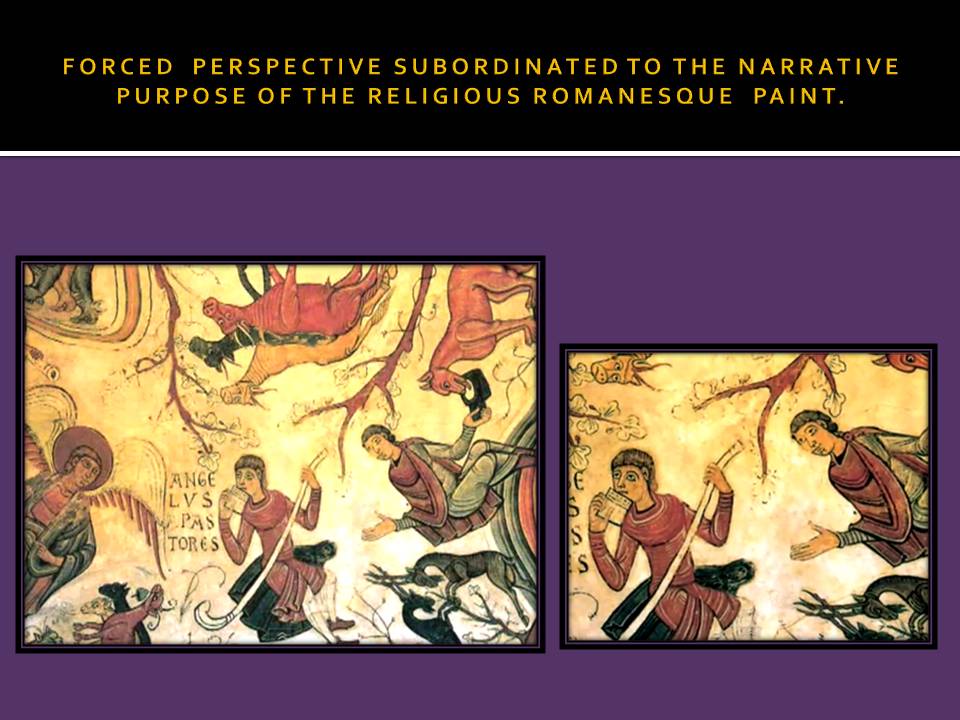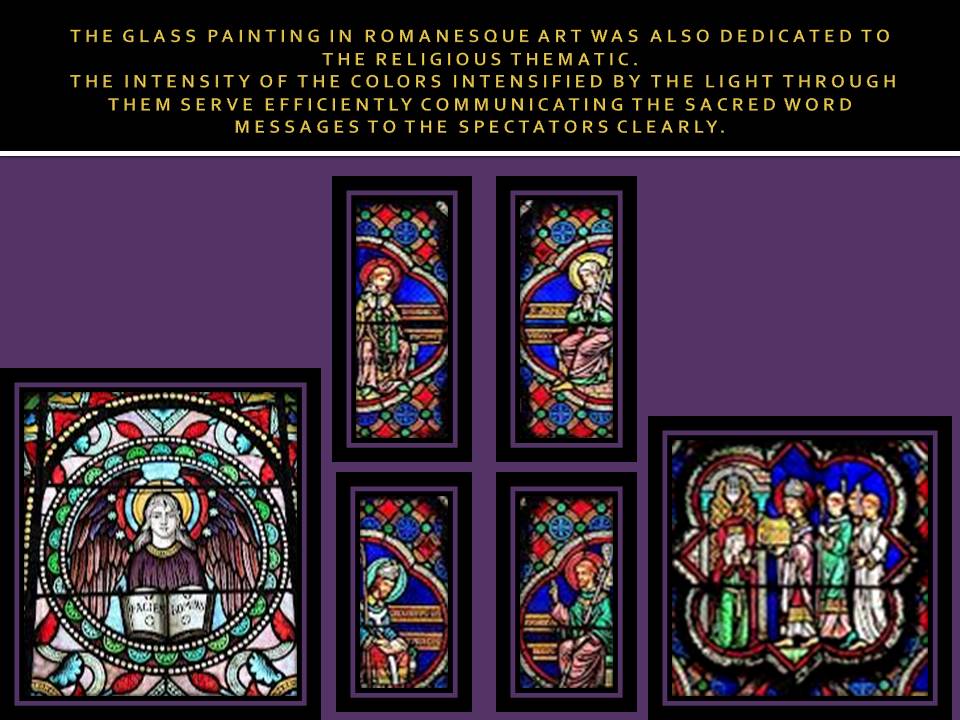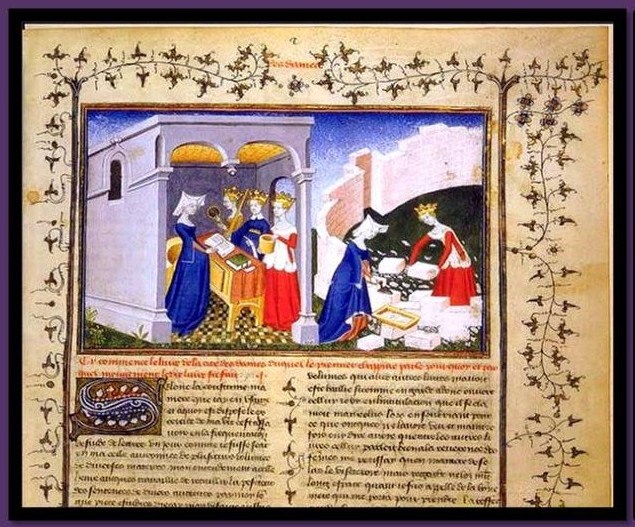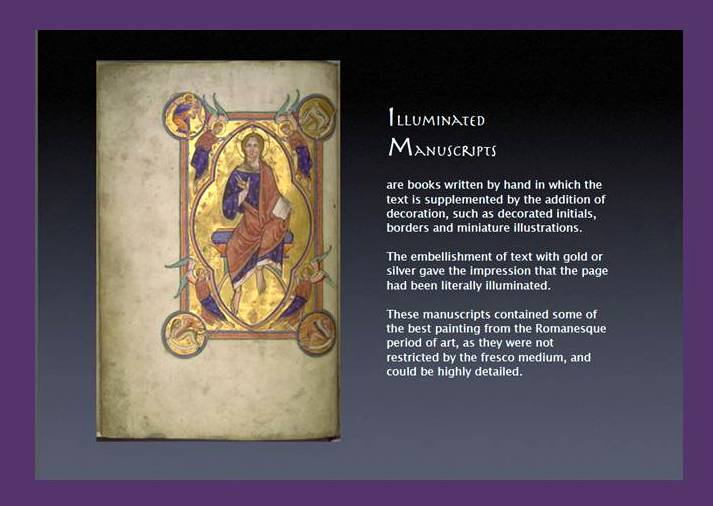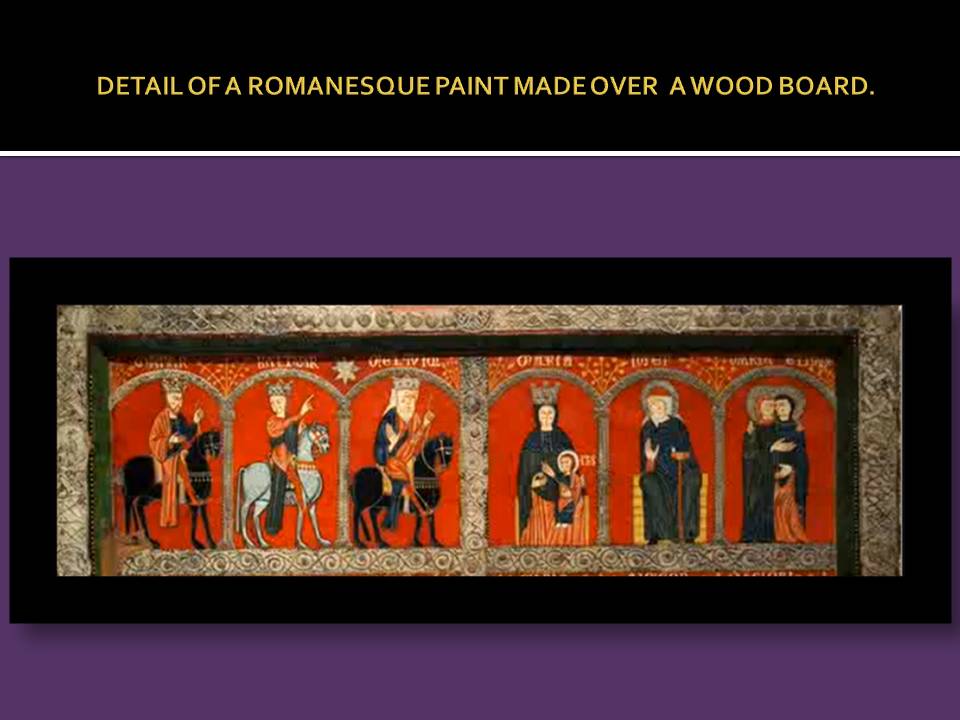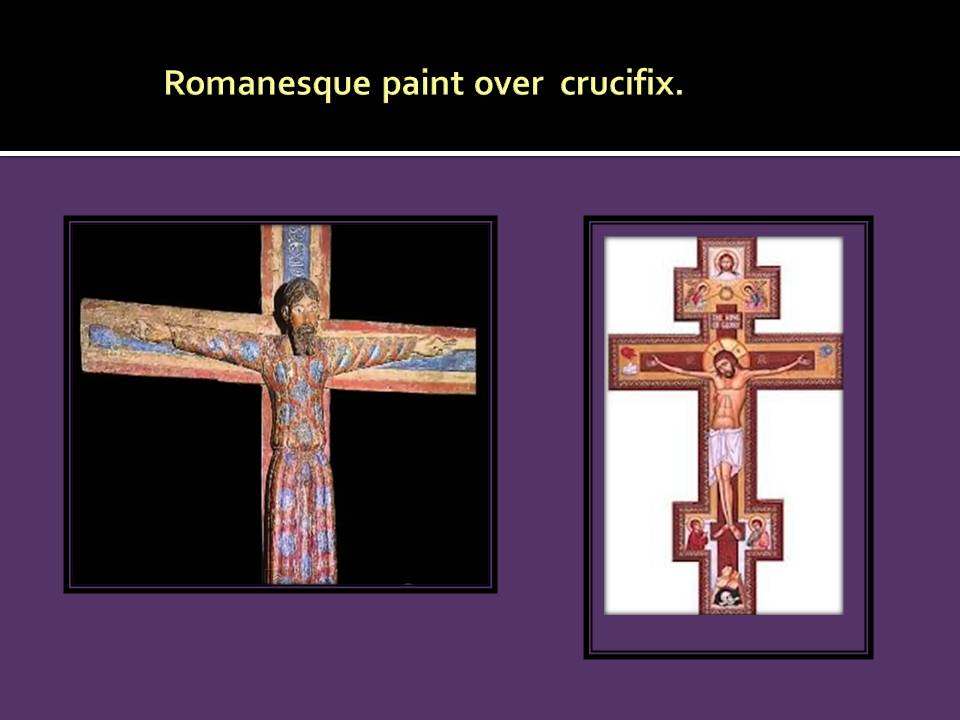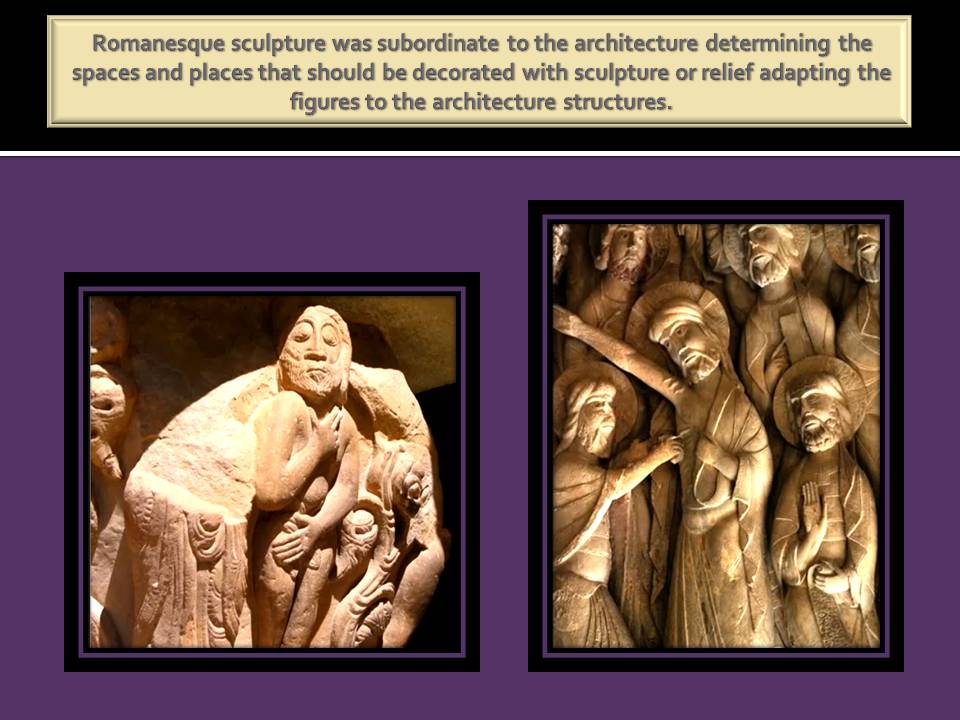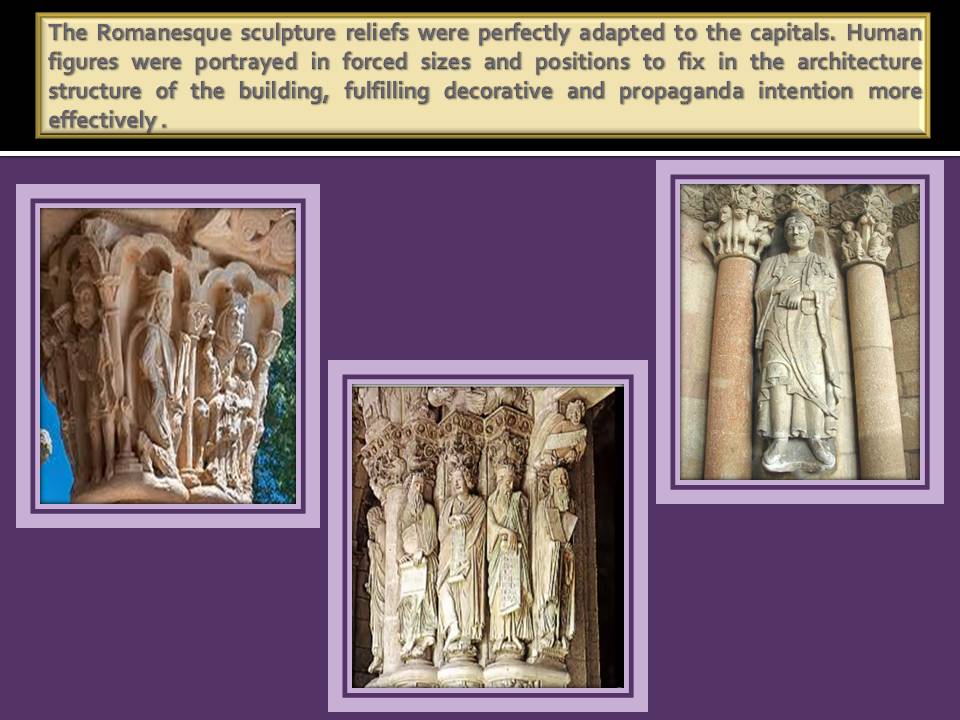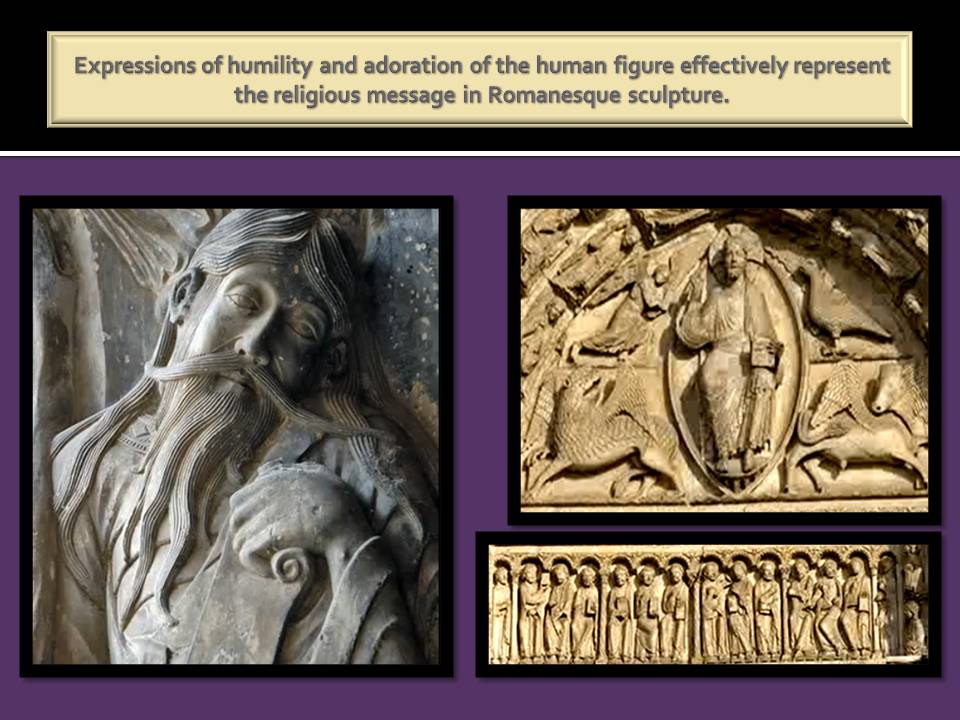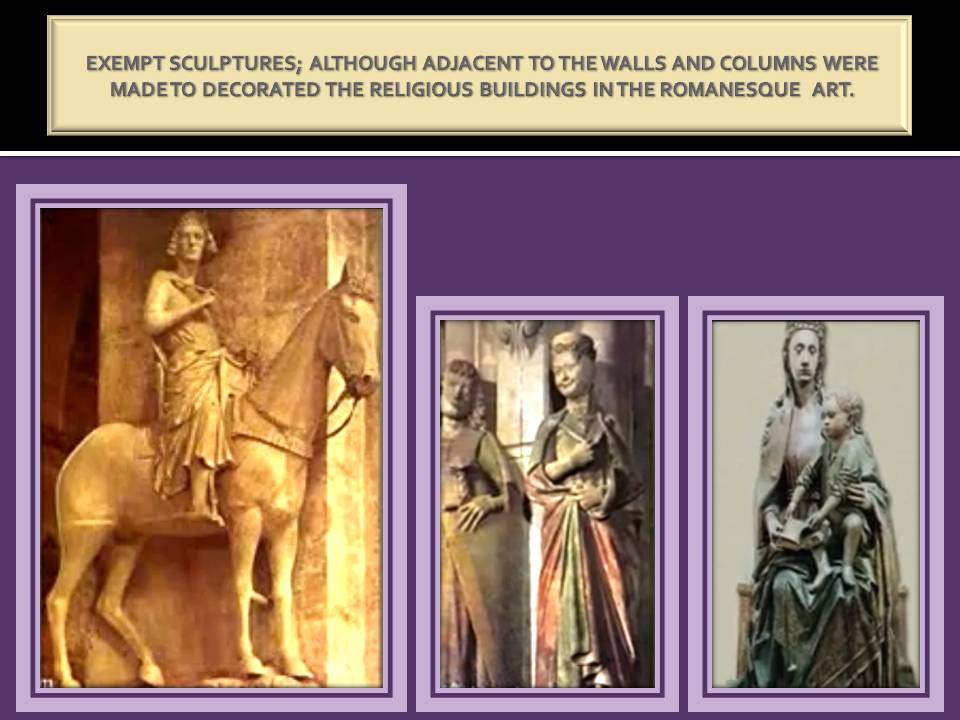Ceramics and pottery in the ancient art of India
About the beginnings of the ceramic in the ancient art of India highlight the Neolithic period in which develops what may be called the first great civilization between 2500 and 1500 BC in the area which is known as “River Indus area” covering what is today Pakistan and also the northeast of India. This area was exploited widely by its inhabitants who developed a large number of items intended for the settlement and bearing capacity of the population.
Since ancient times the Hindu River constituted an important trade route between the Mediterranean area and what is known as the Far East. From the Neolithic period have been found utensils made in materials such as quartzite and Flint which have been carved to adapt them better to more manageable and useful ways. Draw attention from this period the black and Red pottery in Adichanallur and also in the Brahmagiri area.
Types of pottery of the Neolithic age in India
– Red ceramic, area of the Rajasthan Banas (Hematite).
– Grey pottery from the basin of the Ganges.
– Polished black pottery found in the area of Jariana and Delhi.
At the beginning of the 6th millennium BC were built in the Hindu River bank houses of adobe (mud bricks), the pottery in this period was obtained from materials that are naturally found in the area and was primarily aimed at practical applications to contain liquids such as water, oils and fats of animals as well as for the production of utensils for cooking and eating. Several containers to hold grain and small seed in unglazed ceramic clay with little or no decoration have been found as well.
Others vessels from the collection obtained have geometric; animals and plants decorations that were apparently intended in some cases for rituals. There are also ceramics whose form seems to intend more everyday use as a personal object like some ceramic toys From Mohenjo Daro and Harappa.
The Indo Valley ceramic’s style was extended by the whole area of South Asia and as the time was by influenced also the style of the entire region. Ceramics in the form of cups, dishes for serving food and also some vessels with inscriptions in Indian writing (as the one of Ras al – Junayz) clearly show how important the ceramic and pottery was in the everyday life of this ancient civilization.
Ceramic with commercial porpoise was recovered as well, these objects include the jars, probably intended to contain wine for what have been suggested a specific production destined to satisfy the demand of these ceramics objects in viticulture.
Cities of India that stand out in the production of pottery in this period
– Sorath Harappa in Gujarat.
– Mohenjo Daro.
– Harappa.
– Balakot.
– Dholavira.
– Miri Qalet
– Nausharo
– Sotkah Koh.
Figurines of terracotta depicting female figures appeared in the area of Harappa and were more stylized than the old and bulky goddesses of fertility. Necklaces and inlays of precious metals were found in some of them.
Other handicraft objects are preserved such as; reproductions of miniature carts; sculptures with figures of animals like for example: rhinos, tigers, monkeys, elephants and buffaloes. They have been recovered in fairly good condition despite been so old.
Manufactured in a material apparently coming from the ground dirt steatite (also known as talc) were found in the form of tablets and their use is presumed could have been some sort of seal, the material they were made was molded and heated baked it to hardens and them cover with lacquer. They have representations of various animals and fantastic monsters in it, whose realism and detail reveals the influence of Mesopotamian culture.
Since the destruction of the cities of the Indus around the 3rd century BC, practically has not been found anything in the ceramics of the India. It’s a gap in the history of art that is very difficult to clarify by scholars of the art of India, coincides with the so called Veda period.
With progressing of time and constant cultural exchanges the ceramics in ancient India was enriched and evolved turning out to be very much appreciated. Its uses were expanded and their techniques were enriched up to the point of been consider great skilled. The great number of handicrafts, as well as varied designs found, showed that this ceramics industry was very important in agriculture or metallurgy in the 6th century. With the emergence of Jainism and Buddhism takes up again the ceramic a boom.
India unglazed ceramic
It is the oldest form of ceramic practiced in India, many of the evidence of these vessels were found even from the early days of the development of ceramics in this region and shows that it was widely used in different historical periods as well.
Ceramics without glazing.
- The ceramic with thin layer, where the pottery is decorated with incisions of drawings.
- The technique of Sgraffito, (a painting technique where the artist scratches into the top layer of the paint to reveal areas of the surface underneath). The vase is polished and decorated with Engobe (white or colored slip applied to pottery for decoration or to improve the surface texture). Liquid red and white ceramic along with intricate patterns are applied while the contour has incisions.
- The third is the ceramic highly polished, with strong and deep incisions of stylized an intricate symmetrical design incorporating often curves, geometric patterns, leaves, flowers, and animal shapes patterns. The ceramic without glazing is practiced throughout the country; each region has its own specialty. The Black pottery is another form of unglazed ceramic which resembles the Harrappan ceramic style.
India glazed ceramic
The time of glazed ceramics in India began in the 12th century, when Muslim rulers encouraged potters from the East to settle in. Examples of fine glazed ceramics of Persian models with Indian designs have a great beauty and detail in the finish. This technique adopted since them by Indian potters was and still is very popular and very well commercially appreciated.
This type of ceramic with the characteristic of a white background on which the designs are in colors such as blue and green constitute a true works of art. They also used figurative, geometric designs or combination of both.
India Terracotta
Terracotta is medium reddish clay used in pottery and construction of buildings. This is the most famous and common style of ceramic that has been practiced in the India since ancient times.
The following areas are the ones to highlight in the production of Terracotta.
– Bihar.
– Bengal
– Gujarat,
Women are usually the one which prepare during the holidays the clay figures for the rituals to ask for favors’ of their gods and goddesses.
Moela in Rajasthan area has its own distinctive style of pottery; here the local deities are created with clay molded on a flat surface, which is painted with bright colors after cooked.
Gorakhpur, Uttar Pradesh area, here potters create individually the parts of an object on the pottery wheel and then join them creating a single piece. After this process they give the finished details with the application of colors.
Two important Indian artists in Terra cotta:
– The artist Potter Tamil Nadu which is famous for its terracotta figures of the deity Ayyanar.
– The artist Potter Gujarat who makes votive figures like horses with riders among others.
Paper Mache
Indian craftsmen carefully created numerous motifs and designs with Paper Mache, intricate and beautifully they made a variety of hand-crafted items for decoration and devotion using this technique. Although invented in China was also widely used in India since the time it was adopted in this country during the Mughal dynasty (15 to 16 Centuries).
The basis of this pottery is thick paper paste made mashed and mixed with copper sulfate and rice flour paste. The mold is covered with a thin paper and layer of this mixture. After drying the decorators outline designs and finally it is lacquered and polished by applying bright colors. A touch of golden color is always in them as reminiscent of the roots of Persian design. This type of pottery is very much appreciated in India and each region has native peculiar features.
Red sandstone sculptures in India
Red sandstone is a sediment rock composed of grains of sand (quartz) cemented together with other materials such as: silica, iron oxide, clay and calcite. In India this sculpture reach mastery skills by the artisans in the Budhist period, remarkable sculpture aimed to religious rituals and veneration crowd India’s regions and were exported to Asia as well.







